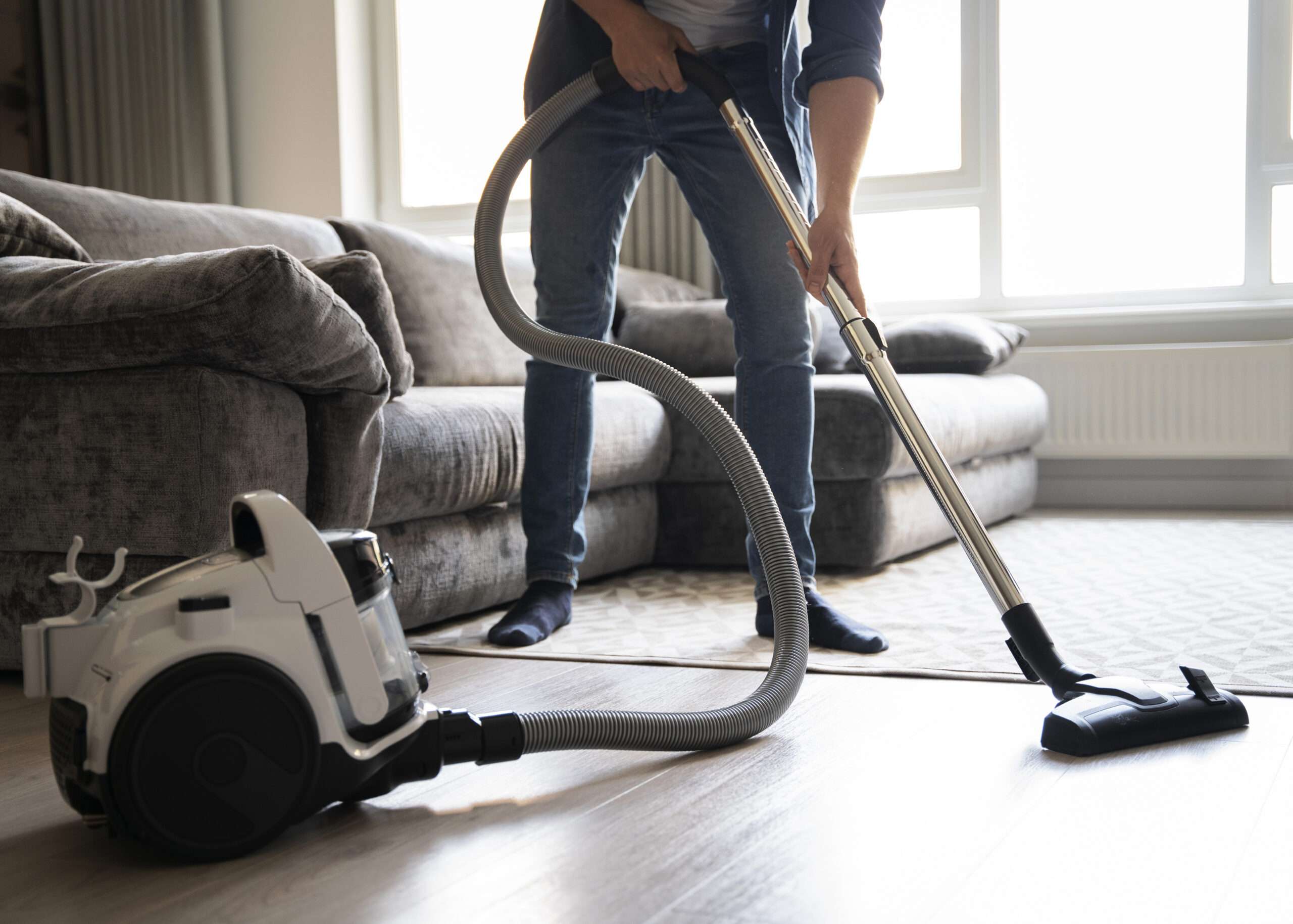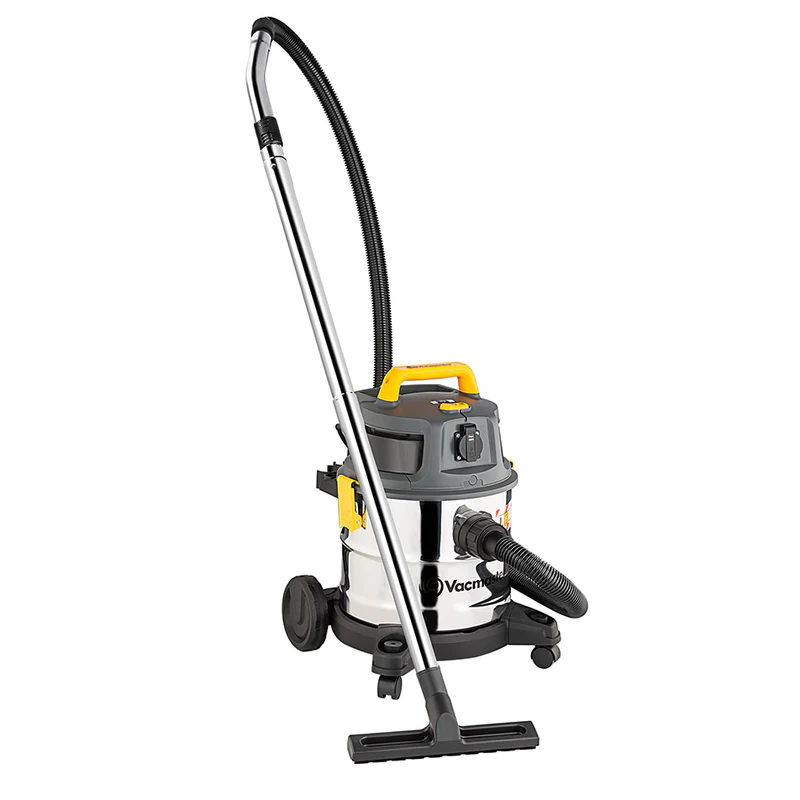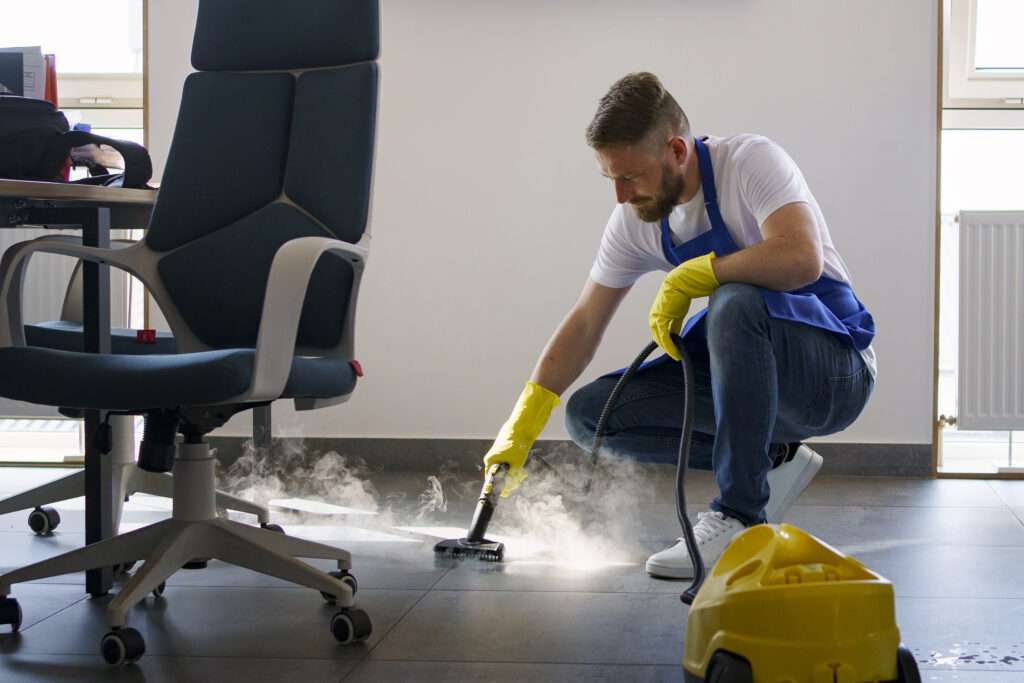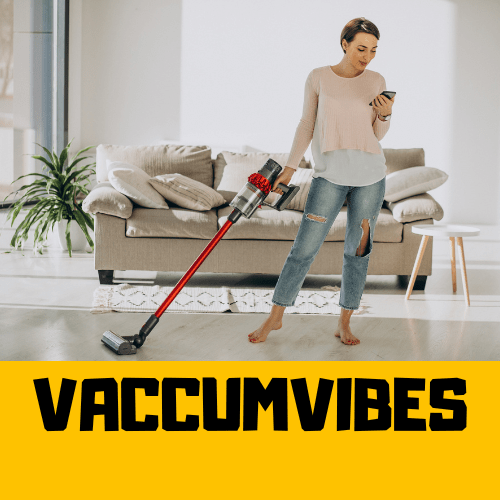
With the promise of advanced E12 Sub-HEPA (ISO 25E) filtration coupled with unbeatable performance, L-Class vacuum cleaners are worth it in environments where safety and health regulations require enhanced dust and debris containment levels. They have gained widespread favor from professional cleaning enthusiasts and modern homeowners as they prevent to the best possible extent exposure to low-risk or lightly-hazardous dust materials making safety and health top priorities.
The filter efficiency of these vacuum cleaners has been reported to be 99% and thus L-Class vacuum cleaners are worth it for an all-comprehensive home cleaning or if you are conducting a home renovation job. Since there is no one-size-fits-all approach to vacuum cleaning let us explore, why L-Class vacuum cleaners are worth it in all-comprehensive home cleaning or home renovation sessions and not suitable for hazardous materials such as silica, mold spores, or asbestos.
Table of Contents
What is an L-Class vacuum cleaner?

Vacuum cleaners that are engineered to effectively trap low-risk or lightly hazardous debris and dust materials in all-comprehensive home cleaning or home renovation sessions and are not intended for cleaning hazardous materials such as silica, mold spores, or asbestos are referred to as L-Class vacuum cleaners. L-Class vacuum cleaners are compact in size and lightweight in nature in comparison to H-Class and M-Class vacuum cleaners and thus come with easy portability and maneuverability.
These types of vacuum cleaners are widely used in commercial places or modern homes to address deep cleaning sessions of wet and dry debris, dust, and accidental spills, where there is a demand for high-efficiency E12 Sub-HEPA (ISO 25E) filtration to make indoor air free of germs and other particulate matters.
What is an L-class vacuum used for?
In shops dealing with woodwork and processing particleboards, MDF, L-Class vacuum cleaners prove to be useful as infused with a high-efficiency E12 Sub-HEPA (ISO 25E) filtration these vacuums effectively suck up and trap the fine dust and solid debris produced during sanding, cutting, or routing, the wooden structures protecting both the user and the surrounding environment.
Secondly, when construction is renovated or demolished the workers are exposed to a plethora of dust particles, such as softwood or aluminum dust, plaster dust, and solid debris materials, and L-Class vacuum cleaners play a paramount role in cleaning by hindering the dispersion of such harmful substances in the breathable air, taking care of the respiratory health of the workers and other people present over there.
Advantages of Class L vacuum cleaners

L-Class vacuum cleaners are engineered in such a way that they can meet the regulatory standards for filtration to ensure the safety and protection of individuals where low-hazardous dust and debris are produced and these things get dispersed in the breathable air. In a wide range of woodworking, home renovation, demolition, or indoor settings, where it is essential to adhere to safety and health standards, L-class vacuum cleaners are used to keep all respiratory health issues at bay.
Class L vacuum cleaners are infused with a high-efficiency E12 Sub-HEPA (ISO 25E) filtration to effectively suck up and trap 99% of the fine dust and solid debris produced during sanding, cutting, or routing, the wooden structures protecting both the user and the surrounding environment. Since the filter efficiency of these vacuum cleaners has been reported to be 99% and thus L-Class vacuum cleaners are worth it for an all-comprehensive home cleaning or if you are conducting a home renovation job.
L-Class vacuum cleaners are compact in size and lightweight in nature so they come with easy portability and maneuverability. These types of vacuum cleaners are widely used in commercial places or modern homes to address deep cleaning sessions of wet and dry debris, dust, and accidental spills, where there is a demand for high-efficiency E12 Sub-HEPA (ISO 25E) filtration.
Even if to buy a Class L vacuum cleaner you must pay a considerable upfront cost in comparison to other domestic vacuum cleaners, its advanced features coupled with a sturdy construction prove to be a cost-effective option eventually.
Also, these types of vacuum cleaners are not intended for cleaning hazardous materials such as silica, mold spores, or asbestos, they demand a simple maintenance and cleaning routine for which no specialized training is required.
Class L vacuum cleaners hinder the vacuumed dust and debris from getting released back into the air to the maximum extent as they abide by low emission standards preventing airborne contaminants from spreading health risks.
Disadvantages of Class L vacuum cleaners-L-Class vacuum cleaners are worth it?
Since Class L vacuum cleaners are engineered to effectively trap low-risk or lightly hazardous debris and dust materials in all-comprehensive home cleaning or home renovation sessions, they consume higher levels of power in comparison to other domestic vacuum cleaners and demand higher operational costs eventually.
If you are living in a shared accommodation space or a small apartment, then you might face storage space issues for these bulkier cleaning units and this aspect should be taken as a practical consideration.
If you are living in a shared accommodation space or a small apartment or a small business owner and are a budget-conscious buyer with non-hazardous cleaning needs, do not think of buying an L-Class vacuum cleaner as it will be an unnecessary investment.
Although L-Class vacuum cleaners are compact in size, lightweight in nature, and come with easy portability, they might not be the perfect cleaning tool for elderly people or for those who have mobility issues since they are considerably bulkier in comparison to domestic vacuum cleaners.
These industrial-grade vacuum cleaners also sometimes come with considerable noise production while vacuuming and that might be an issue if you have healthcare centers or schools nearby or if you are living in a shared accommodation.
Maintenance of L-Class vacuum cleaners
To preserve the longevity of L-Class vacuum cleaners, you do not need to perform any testing procedure. These types of vacuum cleaners are engineered by amateur companies in place of persons with specialized knowledge in dust extraction and so the effectiveness of its filtration power is bound to fade off with each passing year. So, these cleaning tools are not intended for cleaning hazardous materials such as silica, mold spores, asbestos, or biomedical wastes that contain lead particles and carcinogenic elements.
Conclusion
The minimum filter efficiency of L-Class vacuum cleaners is 99% and you can trust on these vacuum cleaners for an all-comprehensive home cleaning or if you are conducting a home renovation job. In a wide range of woodworking, home renovation, demolition, or indoor settings, where it is essential to adhere to safety and health standards, L-class vacuum cleaners are used to keep all respiratory health issues at bay.
If you are living in a shared accommodation space or a small apartment or a small business owner and are a budget-conscious buyer with non-hazardous cleaning needs, do not think of buying an L-Class vacuum cleaner as it will be an unnecessary investment. L-Class vacuum cleaners are not intended for cleaning hazardous materials such as silica, mold spores, or asbestos.
FAQs
What is the L-class rating for vacuums?
The L in L-Class vacuum cleaners refers to low-hazard as these cleaning tools are engineered to abide by the Health and Safety Standard Class-L to deep clean specks of dust and debris of lower toxicity levels such as softwoods or aluminum dust or plaster dust where the workplace exposure limit (WEL) is more than 1mg/m3.

For the past five years, I’ve been engaged as an SEO content writer, specializing in crafting engaging blog posts. My focus lies in meticulously exploring and evaluating household cleaning appliances, particularly those integrated with cutting-edge and emerging technologies.
